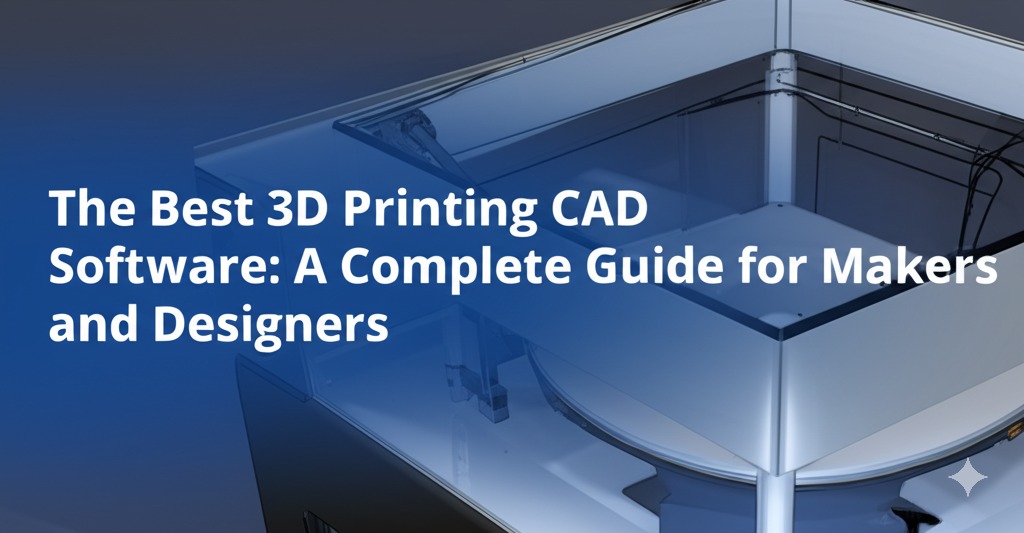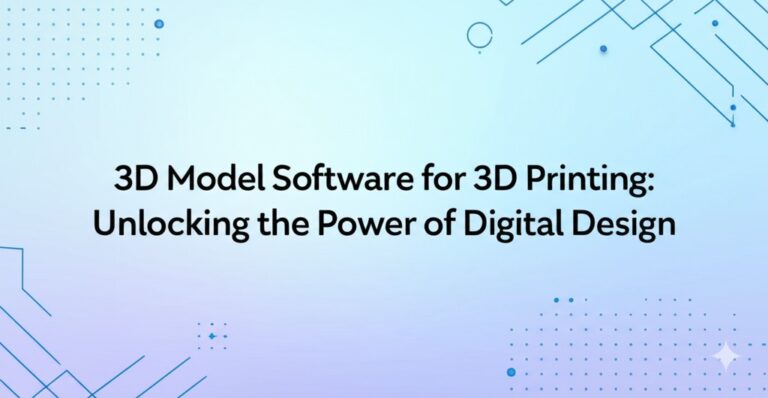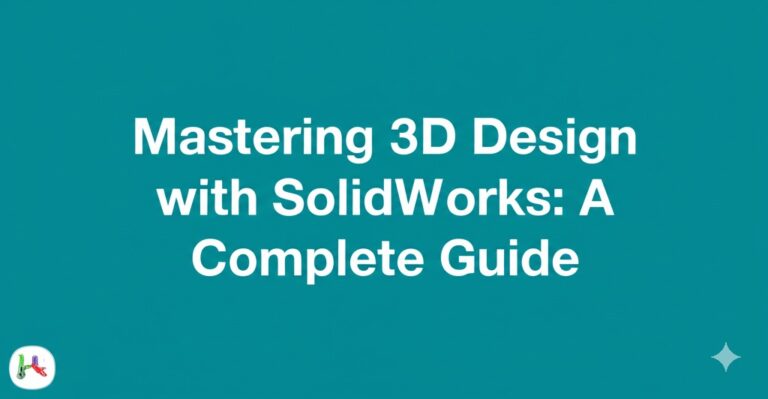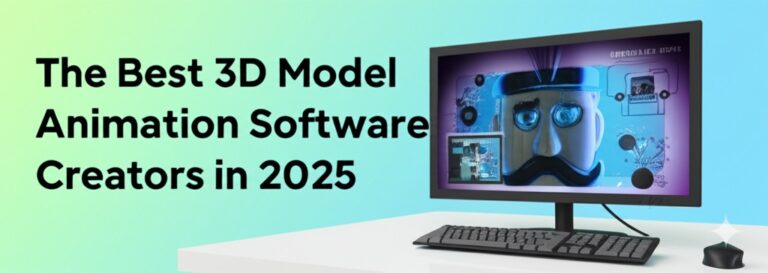The Best 3D Printing CAD Software: A Complete Guide for Makers and Designers
3D printing has revolutionized the way we create, prototype, and manufacture. But before the filament melts or the resin cures, every 3D-printed object starts with a digital design—and that’s where CAD software comes in. If you’re diving into the world of 3D printing, choosing the right CAD (Computer-Aided Design) software is essential.
Whether you’re a hobbyist, engineer, or entrepreneur, this guide will walk you through the best 3D printing CAD software, what to look for, and how to find the perfect fit for your project.
What Is CAD Software and Why Is It Crucial for 3D Printing?
CAD software is used to create precise 2D and 3D models on a computer. In the context of 3D printing, these digital models are the blueprints that the printer uses to build your object layer by layer.
Key Benefits of Using CAD for 3D Printing:
- Precision: Design intricate, highly detailed models with accuracy.
- Editability: Make quick modifications to your design.
- Export Capabilities: Save files in formats like STL or OBJ, compatible with 3D printers.
Without CAD software, you’re essentially flying blind in the world of 3D printing.
Top 3D Printing CAD Software Options
Let’s explore the most popular and powerful CAD tools used in the 3D printing space. These range from beginner-friendly apps to advanced, professional-grade platforms.
1. Tinkercad – Best for Beginners
If you’re just getting started, Tinkercad is a fantastic entry point. It’s browser-based, free, and user-friendly.
Key Features:
- Drag-and-drop functionality
- Easy learning curve
- Direct integration with 3D printers
Why it’s great: Tinkercad is perfect for students, hobbyists, or anyone creating simple models like keychains, figurines, or prototypes.
2. Fusion 360 – Best All-in-One CAD Tool
Developed by Autodesk, Fusion 360 combines CAD, CAM, and CAE in one powerful platform.
Highlights:
- Parametric and freeform modeling
- Cloud-based collaboration
- Simulation and generative design tools
Ideal for: Engineers, industrial designers, and professionals who need advanced tools with high precision and versatility.
3. SolidWorks – Best for Engineering Applications
Used extensively in the engineering world, SolidWorks is a professional-grade software with a strong focus on mechanical design.
Features:
- Powerful simulation and analysis tools
- Parametric modeling with high accuracy
- Extensive library of parts and templates
Great for: Professionals working on mechanical parts, prototypes, and complex assemblies.
4. Blender – Best for Artistic and Organic Modeling
Although not traditionally a CAD tool, Blender is widely used for 3D printing, especially for artistic or sculptural models.
Advantages:
- Free and open-source
- Great for detailed, organic shapes
- Strong sculpting and texturing tools
Perfect for: Artists, animators, and designers creating figurines, jewelry, or character models.
Factors to Consider When Choosing CAD Software for 3D Printing
Before you jump into a download, consider these important factors:
💡 Skill Level
Are you a beginner, intermediate user, or expert? Choose a tool that matches your current experience but also allows room to grow.
🛠️ Type of Projects
Are you designing mechanical parts or artistic models? CAD software like SolidWorks excels at precision, while Blender shines in creativity.
📄 File Format Support
Ensure the software can export to STL, OBJ, or other 3D printing-friendly formats.
💸 Cost and Licensing
- Free options: Tinkercad, Blender
- Subscription-based: Fusion 360
- Perpetual licenses: SolidWorks (can be pricey)
🤝 Community and Support
A strong community means more tutorials, templates, and help when you’re stuck. Fusion 360 and Blender have massive online communities.
How to Prepare Your CAD Model for 3D Printing
Even the best-designed model can fail if it’s not properly prepared for printing. Here’s what to keep in mind:
✅ Export in the Right Format
Most 3D printers use STL files. Make sure your CAD software can export to STL or other printer-compatible formats.
✅ Check for Watertightness
A model must be manifold (watertight) to print correctly. Gaps or non-joined surfaces can cause errors.
✅ Optimize Size and Orientation
- Scale your model appropriately
- Orient it to reduce support structures and save material
✅ Use Slicing Software
Tools like Cura, PrusaSlicer, or ChiTuBox turn your CAD model into printer-ready instructions (G-code).
Final Thoughts: Which 3D Printing CAD Software Is Right for You?
The best CAD software for 3D printing depends on your goals:
- Just starting out? 👉 Tinkercad
- Need all-in-one power? 👉 Fusion 360
- Engineering focused? 👉 SolidWorks
- Artistic flair? 👉 Blender
Each tool offers unique strengths—choose one that aligns with your needs, learning curve, and project type.

Zain Jacobs is a writer for TheNetUse, providing in-depth reviews, tips, and insights on the latest software apps to help users maximize their digital experience.







